The trade-off between quality and cost in the selection of new energy vehicle accessories is a complex and critical decision. Both have a profound impact on the end-user experience, the safety of the vehicle and long-term maintenance costs.
From a safety and performance perspective, quality should be given top priority. Due to their unique electrical systems and complex battery management mechanisms, new energy vehicles have much higher accessory requirements than traditional fuel vehicles. Low-quality batteries or battery management systems can lead to serious consequences such as overheating, short-circuiting and even fire. Choosing high-quality accessories not only ensures optimal vehicle operation, but also effectively extends service life and reduces the likelihood of breakdowns.
Cost should not be ignored either, especially if you have a limited budget. For some non-critical accessories, such as interior parts and tyres, proper consideration of cost can save vehicle owners money. Low cost does not equal low quality. Considering the high overall cost of ownership of new energy vehicles, reasonable control of accessory purchasing costs can help reduce overall expenses, which is positive for the promotion of new energy vehicles.
In the long run, investing in high-quality accessories is actually a way to save money. While the initial investment may be higher, quality parts typically offer better durability and lower failure rates, less maintenance costs and higher resale value. If poor quality parts are chosen for short-term cost savings, you may face frequent replacements and high repair costs, which in turn increases the total cost of ownership.
Quality or cost, which should be prioritised more on new energy vehicle parts? In the selection of new energy vehicle parts, it is not simply a matter of favouring either the quality or the cost side to solve all the problems. The right approach is to ensure that critical safety and performance related accessories meet high standards, while at the same time flexibly considering the cost-benefit ratio for non-core accessories.


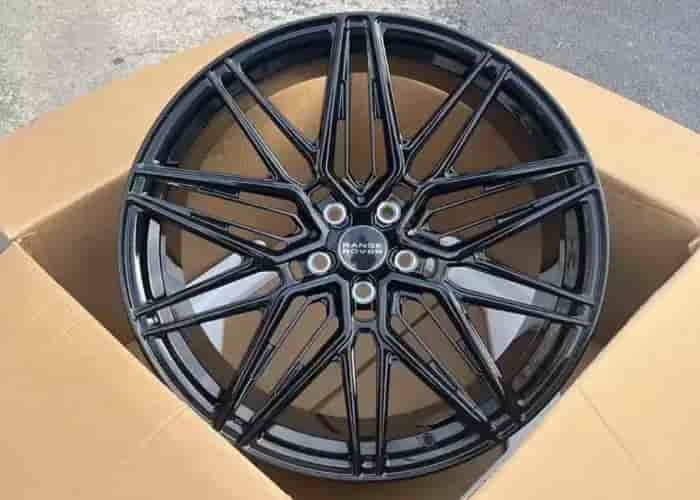
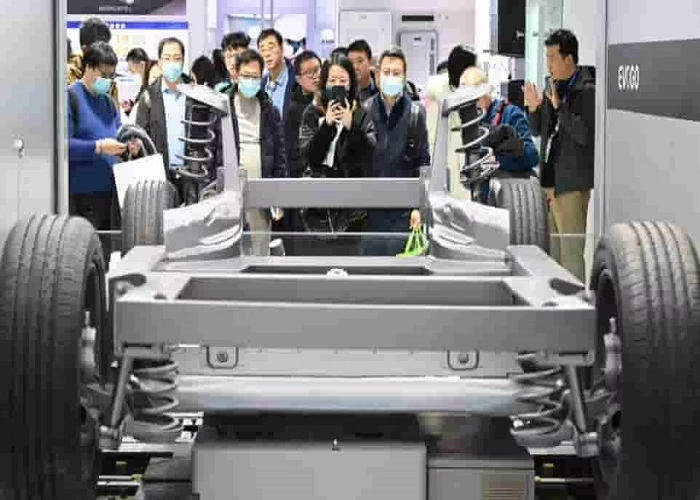
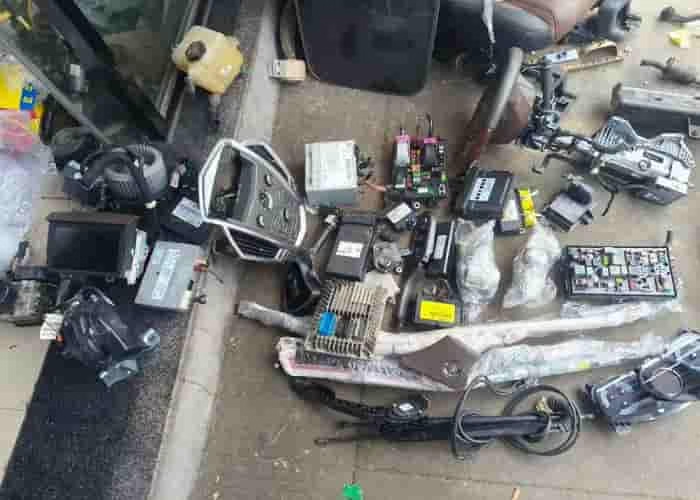
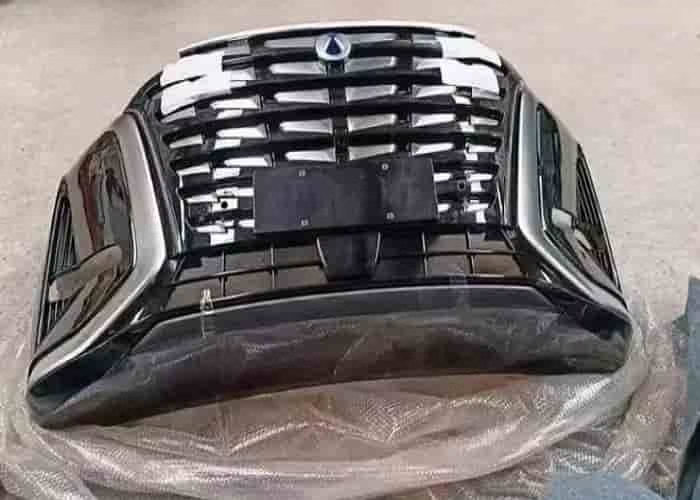
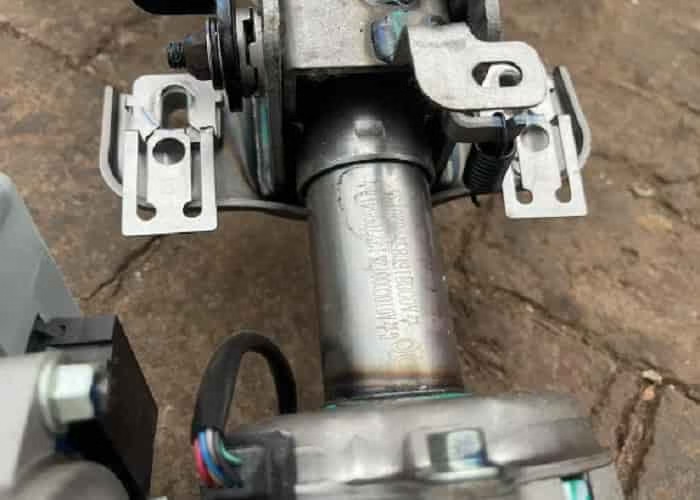
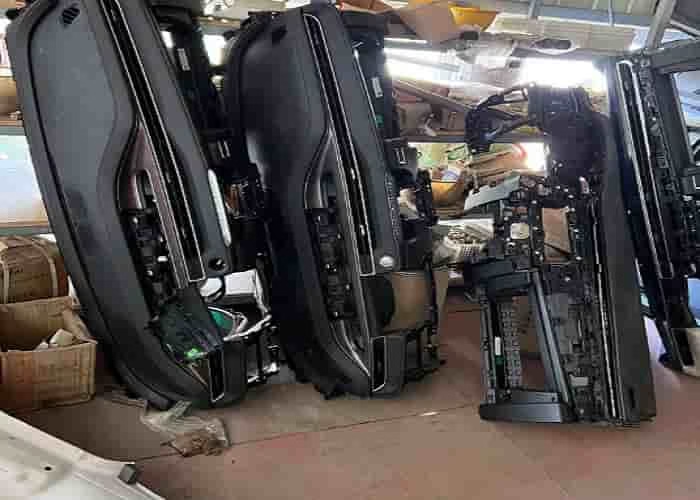

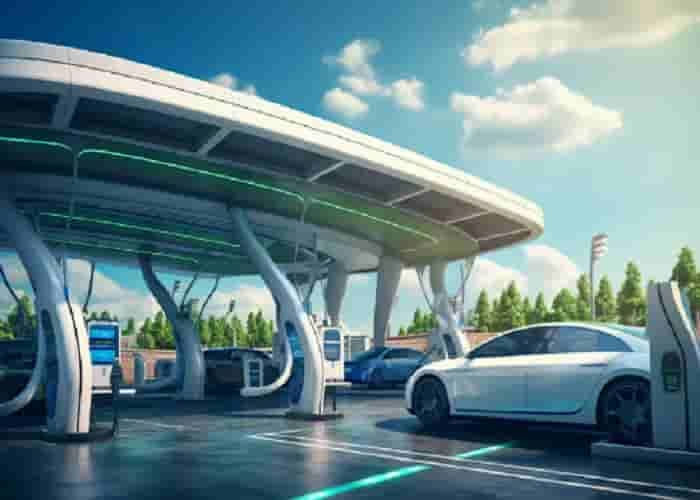

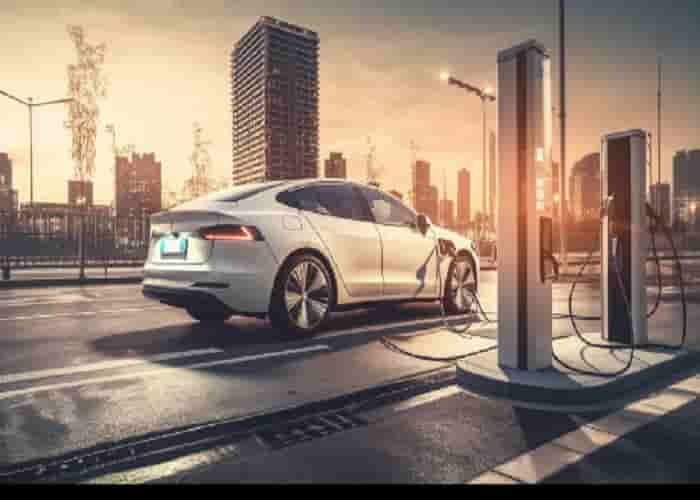




Leave a Reply